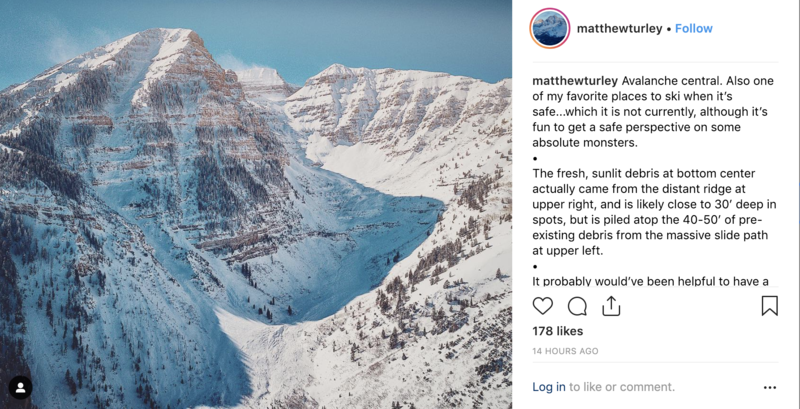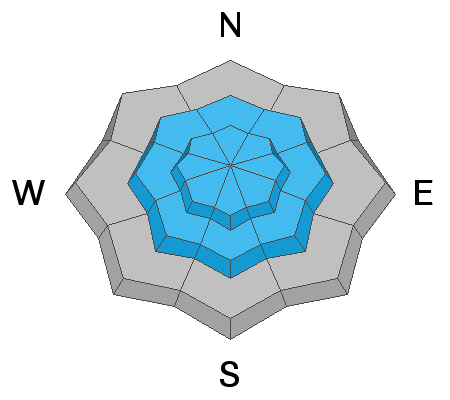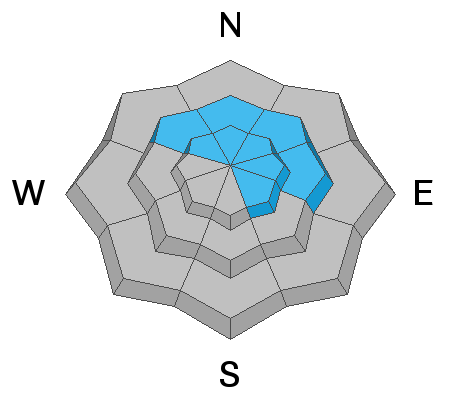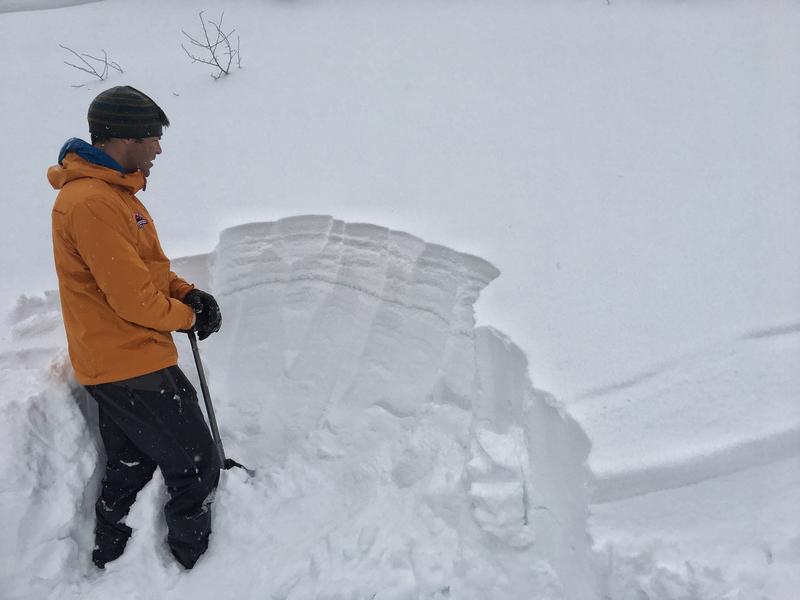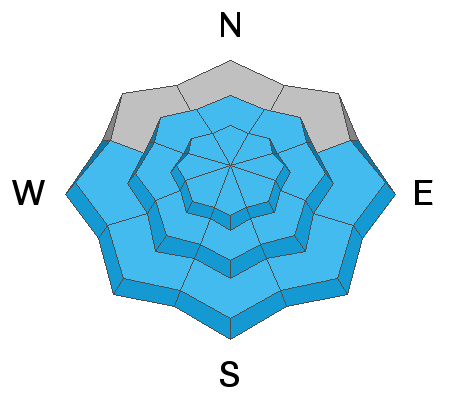Forecast for the Provo Area Mountains

Issued by Drew Hardesty on
Friday morning, February 8, 2019
Friday morning, February 8, 2019
Areas of CONSIDERABLE danger exist on many slopes in the mid and upper elevations with a MODERATE danger down low. Some avalanches may be triggered at a distance or from below. Avoid being on or beneath the heavily corniced ridgelines.
Here's the deal: It's a complicated snowpack situation right now where even very experienced people are getting surprised.
When conditions are complicated, make it simple. My recommendations:
- Ski and ride non wind-drifted southerly facing terrain before any warming occurs.
- Ski and ride low angle sun and wind sheltered terrain not beneath anything steep.
- Ski and ride at some of our Greatest Ski Resorts on Earth
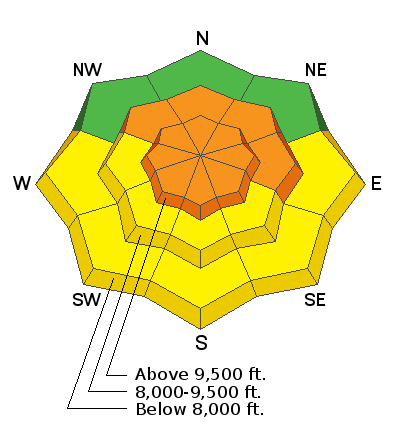
Low
Moderate
Considerable
High
Extreme
Learn how to read the forecast here



